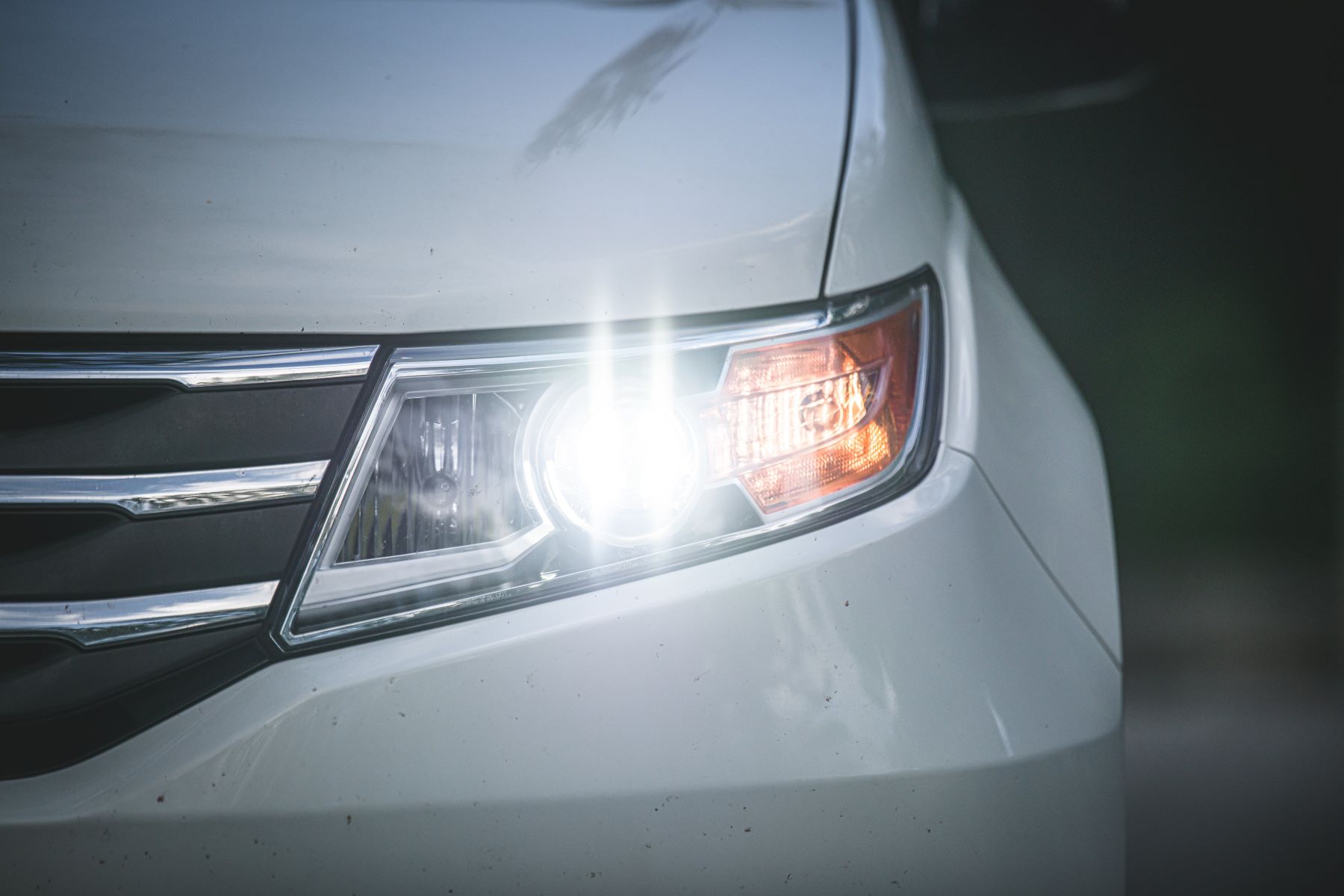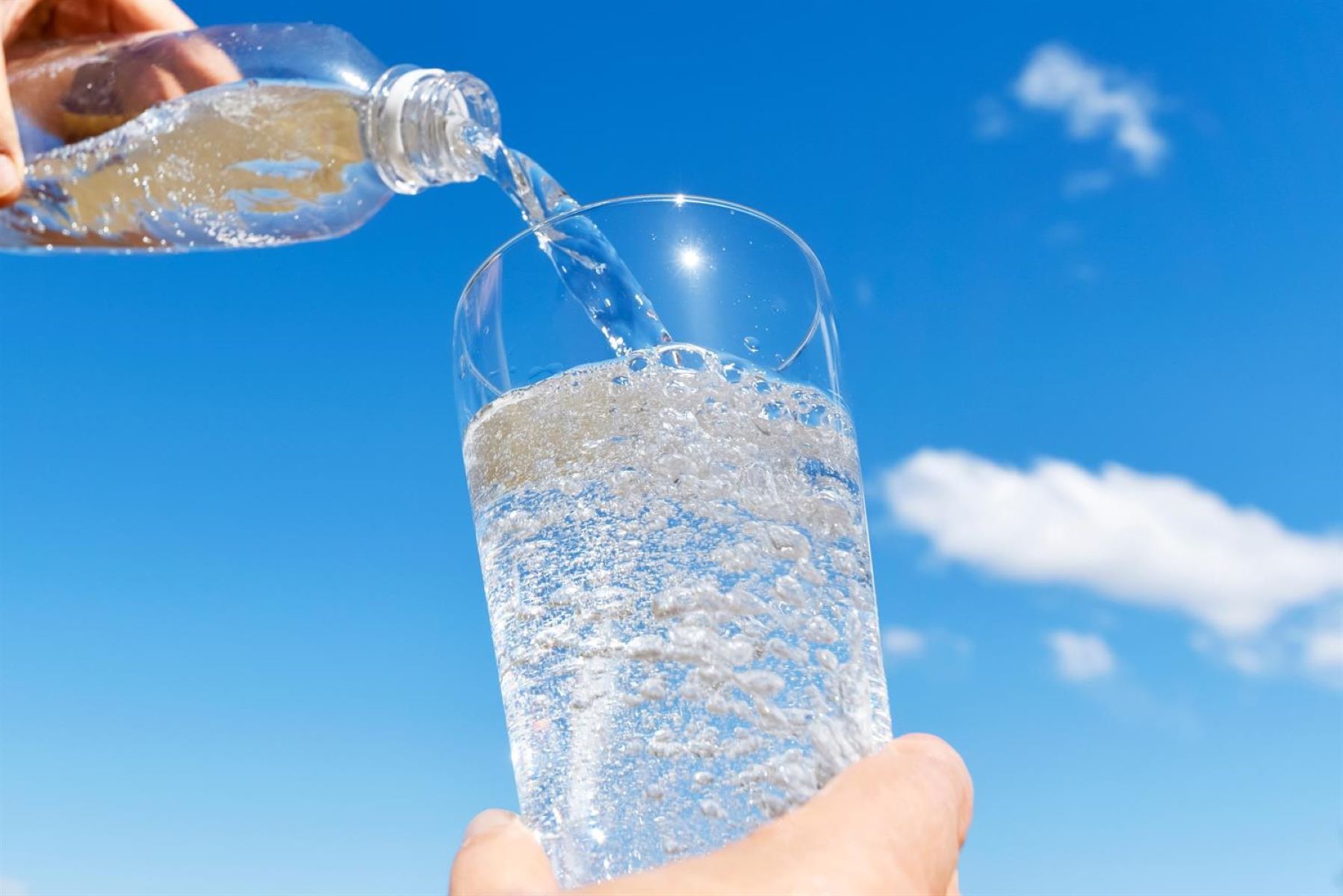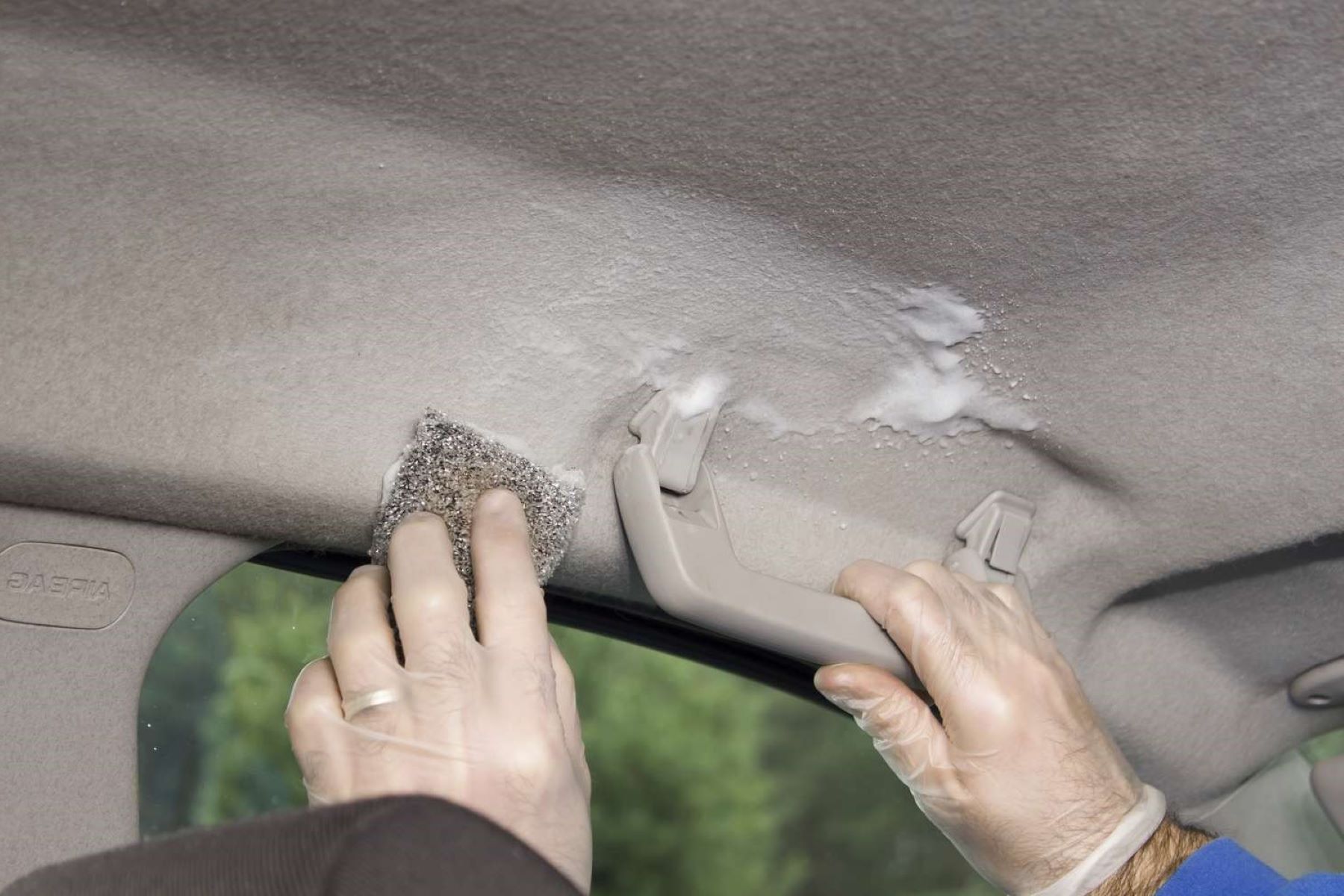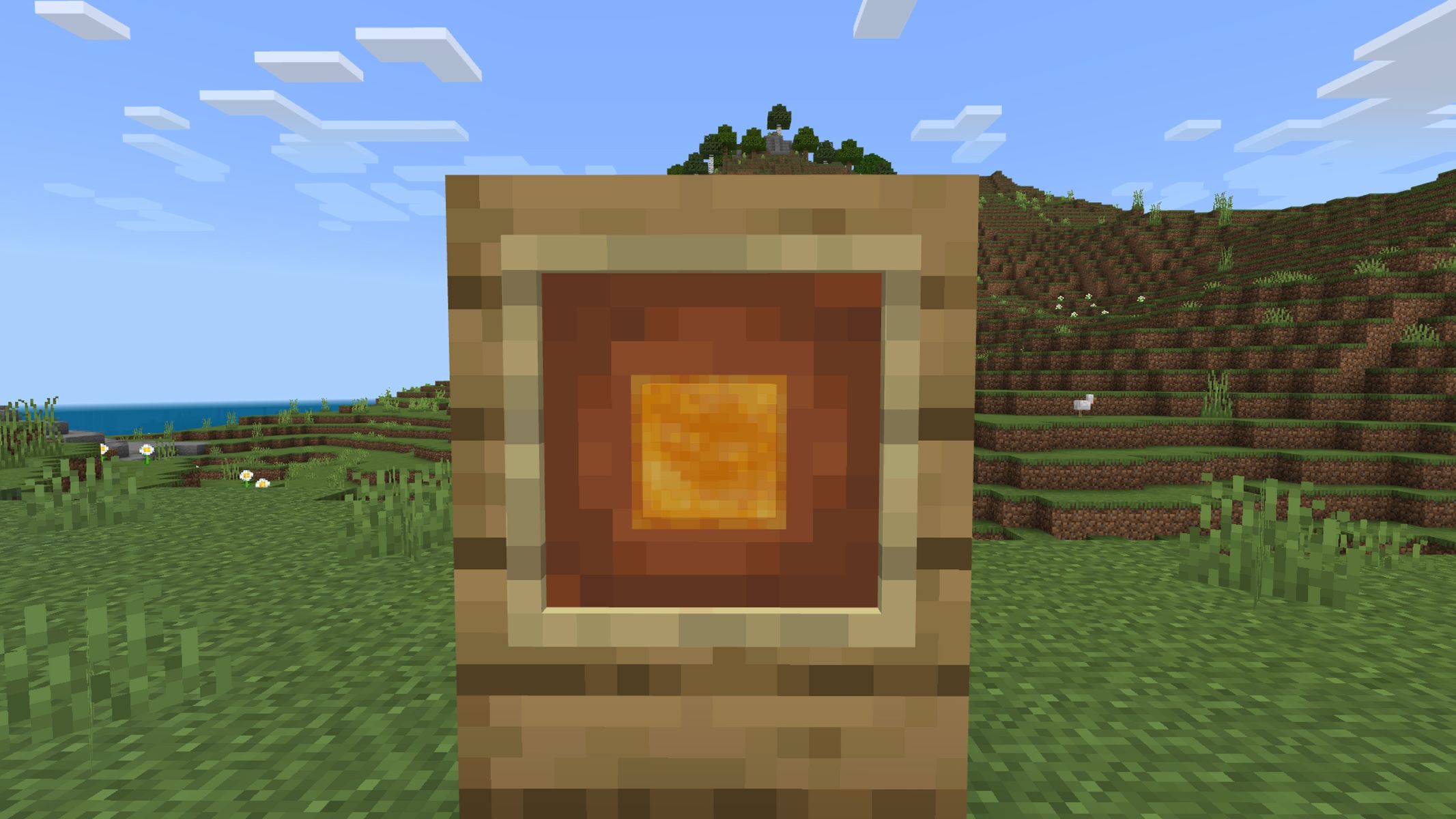Home>Automotive>How To Get Water Spots Off Car Windows
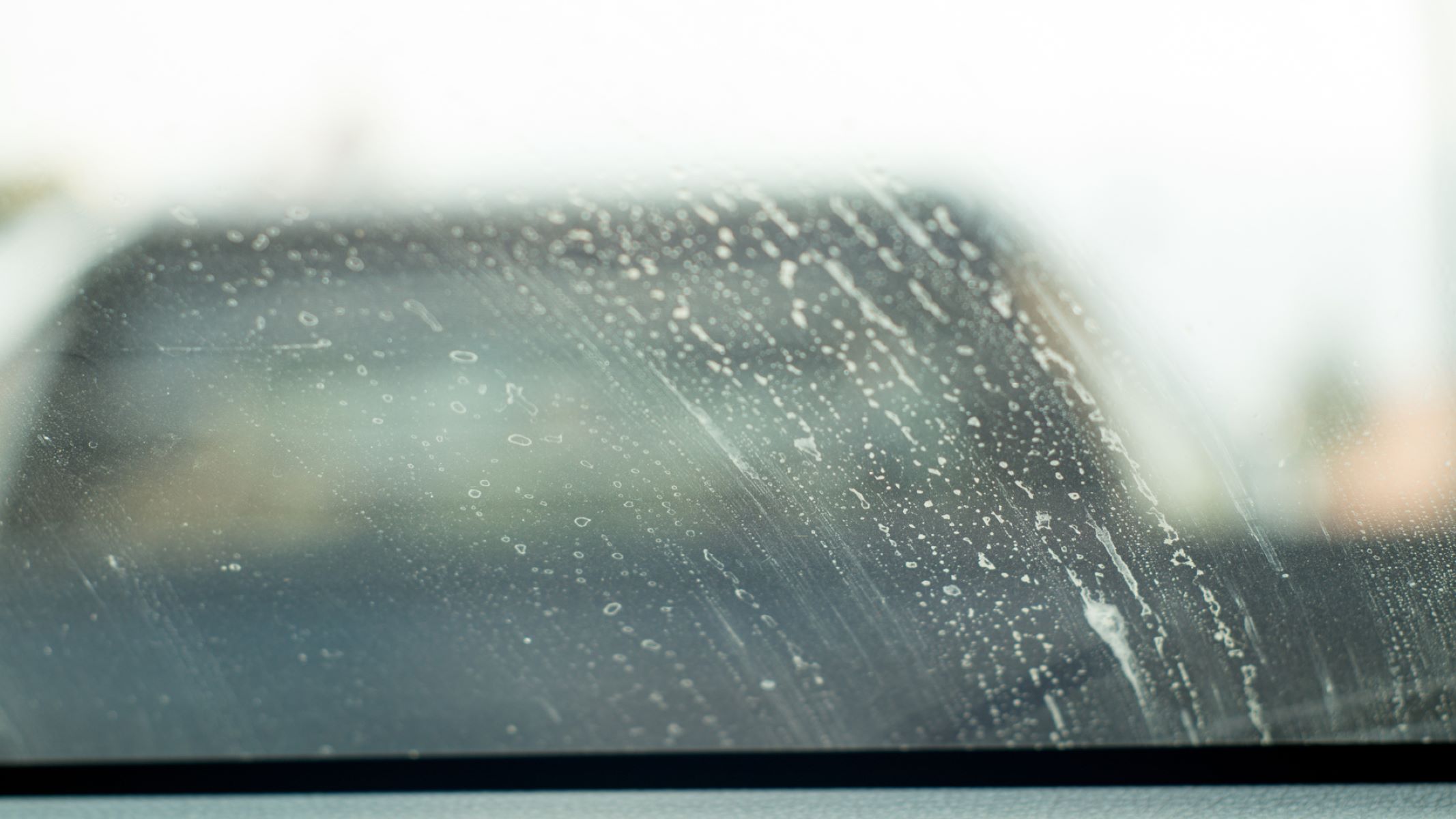

Automotive
How To Get Water Spots Off Car Windows
Published: February 28, 2024
Learn effective techniques for removing water spots from car windows with our comprehensive automotive guide. Keep your vehicle looking spotless and clear.
(Many of the links in this article redirect to a specific reviewed product. Your purchase of these products through affiliate links helps to generate commission for Regretless.com, at no extra cost. Learn more)
Table of Contents
Introduction
Water spots on car windows can be a frustrating and unsightly nuisance for any vehicle owner. Whether they are caused by mineral deposits from hard water, acid rain, or other environmental factors, these stubborn spots can detract from the overall appearance of your car and even impair visibility while driving. However, with the right tools, techniques, and a little bit of elbow grease, you can effectively remove water spots and restore the clarity of your car windows.
In this comprehensive guide, we will delve into the intricacies of dealing with water spots on car windows, providing you with practical insights and step-by-step instructions to achieve spotless, crystal-clear windows. From understanding the nature of water spots to identifying the tools and materials needed for the task, we will cover every aspect of this common automotive issue. Additionally, we will explore preventive measures to help you minimize the recurrence of water spots, ensuring that your car windows remain pristine for the long haul.
By the end of this guide, you will be equipped with the knowledge and expertise to tackle water spots on your car windows with confidence and precision. Say goodbye to the frustration of dealing with stubborn water spots, and hello to the satisfaction of gazing through impeccably clear and gleaming windows. Let's embark on this journey to reclaim the brilliance of your car windows and elevate the overall aesthetic appeal of your beloved vehicle.
Read more: How To Get Tree Sap Off Windshield
Understanding Water Spots
Water spots on car windows are a common nuisance that can arise from various sources, including mineral deposits, environmental contaminants, and even the aftermath of rain or washing your vehicle. These spots typically manifest as stubborn, hazy marks on the glass surface, often diminishing the clarity and overall aesthetic appeal of the windows. Understanding the nature of water spots is crucial in effectively addressing and preventing their recurrence.
Water spots are primarily caused by the evaporation of water, leaving behind mineral deposits such as calcium, magnesium, and other impurities present in the water. When water droplets dry on the glass surface, these minerals become concentrated, resulting in the formation of unsightly spots. Additionally, environmental factors such as acid rain, airborne pollutants, and even residue from car care products can contribute to the development of water spots.
It's important to note that untreated water spots can become increasingly stubborn over time, making them more challenging to remove. Furthermore, if left unattended, water spots can etch into the glass, causing permanent damage and necessitating costly repairs or replacements.
To effectively address water spots, it's essential to choose the appropriate cleaning methods and products that can dissolve and lift the mineral deposits without damaging the glass surface. Additionally, preventive measures should be implemented to minimize the recurrence of water spots, preserving the clarity and pristine condition of the car windows.
By gaining a comprehensive understanding of the factors contributing to water spot formation, you will be better equipped to tackle this issue with precision and efficacy. Armed with this knowledge, you can proceed to the next steps of addressing water spots on your car windows, ensuring a thorough and successful restoration process.
Tools and Materials Needed
To effectively tackle water spots on car windows, you'll need a set of essential tools and materials to facilitate the cleaning and restoration process. Equipping yourself with the right supplies will ensure that you can address the water spots with precision and achieve optimal results. Here's a comprehensive list of the tools and materials you'll need:
1. Glass Cleaner:
Invest in a high-quality glass cleaner specifically formulated for automotive use. Look for a cleaner that is designed to dissolve mineral deposits and effectively lift stubborn water spots without leaving streaks or residue. Opt for a non-ammonia-based cleaner to prevent damage to tinted windows and ensure compatibility with all glass surfaces.
2. Microfiber Cloths:
Microfiber cloths are essential for achieving a streak-free and polished finish when cleaning car windows. These soft and absorbent cloths are gentle on glass surfaces and effectively capture dirt, grime, and cleaning residues without scratching or damaging the windows. Ensure that the microfiber cloths are clean and free from any debris or contaminants before use.
Read more: How To Turn Off Water To Toilet
3. White Vinegar:
White vinegar is a versatile and cost-effective solution for combating water spots on car windows. Its acidic properties enable it to dissolve mineral deposits and effectively remove stubborn spots. Dilute the white vinegar with water in a 1:1 ratio to create a potent yet safe cleaning solution for tackling water spots.
4. Distilled Water:
Using distilled water in your cleaning solution can help prevent the recurrence of water spots. Unlike tap water, distilled water is free from mineral impurities, ensuring that no new spots are formed during the cleaning process. Additionally, distilled water minimizes the risk of leaving behind mineral residues on the glass surface.
5. Plastic Razor Blade:
For particularly stubborn water spots that resist conventional cleaning methods, a plastic razor blade can be used to gently scrape off the deposits without scratching the glass. Exercise caution and use the razor blade sparingly, ensuring that it is specifically designed for use on glass surfaces to prevent damage.
6. Protective Gloves:
When working with cleaning solutions and handling the razor blade, it's advisable to wear protective gloves to safeguard your hands from potential irritation or exposure to chemicals. Opt for durable and chemical-resistant gloves to ensure your safety during the cleaning process.
By assembling these essential tools and materials, you'll be well-prepared to embark on the journey of removing water spots from your car windows with confidence and precision. With the right supplies at your disposal, you can effectively restore the clarity and pristine condition of your car windows, elevating the overall aesthetic appeal of your vehicle.
Read more: How To Get Tar Off Skin
Step 1: Cleaning the Windows
The initial step in addressing water spots on car windows involves thorough cleaning to remove surface contaminants and prepare the glass for targeted spot treatment. Follow these detailed steps to achieve pristine and spot-free windows:
-
Prepare the Cleaning Solution: Begin by preparing a cleaning solution using either a high-quality automotive glass cleaner or a mixture of equal parts white vinegar and distilled water. If opting for the vinegar solution, combine the ingredients in a spray bottle and shake well to ensure thorough mixing.
-
Pre-Cleaning Inspection: Conduct a visual inspection of the windows to identify the extent of water spot accumulation. Take note of any particularly stubborn spots that may require targeted treatment.
-
Application of Cleaning Solution: Liberally spray the cleaning solution onto the affected areas of the windows, ensuring complete coverage of the water spots. Allow the solution to dwell for a few minutes to effectively dissolve and loosen the mineral deposits.
-
Gentle Agitation: Using a clean microfiber cloth, gently agitate the treated areas in circular motions to dislodge the loosened deposits. Focus on the water spots and ensure thorough coverage of the affected regions.
-
Wipe and Polish: With a separate clean microfiber cloth, meticulously wipe the windows to remove the dissolved mineral deposits and cleaning solution. Employ firm yet gentle pressure to achieve a streak-free and polished finish. Ensure that all residue and contaminants are effectively removed from the glass surface.
-
Inspect for Residual Spots: After the initial cleaning process, carefully inspect the windows for any residual water spots that may require further attention. Note any persistent spots that may necessitate targeted spot treatment in the subsequent steps.
By meticulously following these steps, you can effectively clean the car windows, removing surface contaminants and preparing the glass for targeted spot treatment. This thorough cleaning process sets the stage for the subsequent steps, ensuring that the windows are primed for the focused removal of stubborn water spots.
Step 2: Removing Stubborn Water Spots
Addressing stubborn water spots on car windows requires targeted and meticulous treatment to effectively dissolve and lift the mineral deposits. By employing the following techniques and methods, you can effectively tackle persistent water spots, restoring the clarity and pristine condition of the windows.
1. Targeted Spot Treatment:
Identify the remaining stubborn water spots that have withstood the initial cleaning process. These spots often appear as concentrated and hazy deposits on the glass surface, resisting conventional cleaning methods. Using a clean microfiber cloth, apply a small amount of undiluted white vinegar directly onto the stubborn spots. Allow the vinegar to dwell on the spots for a few minutes, effectively penetrating and dissolving the mineral deposits.
2. Gentle Abrasion with Plastic Razor Blade:
For particularly resilient water spots that persist despite the vinegar treatment, carefully utilize a plastic razor blade to gently abrade the spots. Hold the razor blade at a shallow angle to the glass surface, ensuring minimal pressure to avoid scratching. With controlled and precise movements, lightly scrape the stubborn spots, gradually lifting the deposits without causing damage to the glass. Exercise caution and restraint to prevent any potential abrasions or scratches.
Read more: How To Get Hair Dye Off Fingernails
3. Repeat Cleaning and Polishing:
Following the targeted spot treatment and gentle abrasion, reapply the cleaning solution to the treated areas. Liberally spray the solution and gently agitate the spots with a clean microfiber cloth, ensuring thorough coverage and dissolution of any remaining deposits. Subsequently, meticulously wipe and polish the windows to achieve a pristine and streak-free finish. Pay close attention to the treated areas, ensuring that all residual spots are effectively removed.
4. Final Inspection and Touch-Up:
Conduct a comprehensive visual inspection of the windows to verify the successful removal of stubborn water spots. Carefully examine the treated areas from various angles and lighting conditions to identify any lingering spots. If any residual spots are detected, repeat the targeted spot treatment and gentle abrasion as necessary until the windows are entirely free from stubborn water spots.
By meticulously implementing these targeted techniques, you can effectively remove stubborn water spots from your car windows, restoring their clarity and pristine condition. With precision and patience, you can achieve spotless and gleaming windows, elevating the overall aesthetic appeal of your vehicle.
Step 3: Preventing Future Water Spots
Preventing future water spots on car windows is essential to maintain the clarity and pristine condition of the glass surfaces. By implementing proactive measures and incorporating preventive strategies into your car care routine, you can minimize the recurrence of water spots, ensuring long-lasting brilliance and optimal visibility. Here are comprehensive guidelines to prevent future water spots:
1. Regular Maintenance:
Consistent and thorough maintenance of your car windows is crucial in preventing the accumulation of water spots. Incorporate regular glass cleaning into your vehicle care regimen, ensuring that any water droplets or environmental contaminants are promptly removed. By maintaining clean and dry windows, you can mitigate the formation of water spots and preserve the clarity of the glass surfaces.
Read more: How To Get Paint Off Of Vinyl Floor
2. Use of Deionized Water:
Consider utilizing deionized water for cleaning and rinsing your car windows. Deionized water undergoes a purification process that removes mineral ions, ensuring that no impurities are left behind during the cleaning process. By using deionized water, you can minimize the risk of mineral deposits and effectively prevent the formation of water spots on the glass surfaces.
3. Protective Coatings:
Explore the application of hydrophobic or protective coatings specifically designed for car windows. These coatings create a repellent barrier against water and environmental contaminants, reducing the adherence of mineral deposits and impeding the formation of water spots. Additionally, protective coatings can enhance the overall resilience and longevity of the windows, contributing to sustained clarity and visual appeal.
4. Drying Techniques:
Adopt proper drying techniques after washing your car to prevent water spots. Utilize a clean and absorbent microfiber cloth to thoroughly dry the windows, ensuring that no water droplets are left behind. By promptly and effectively drying the glass surfaces, you can minimize the opportunity for water spots to develop, preserving the pristine condition of the windows.
5. Environmental Awareness:
Be mindful of environmental factors that can contribute to water spot formation, such as parking under trees or near sprinkler systems. Avoid prolonged exposure to sources of mineral-rich water, acidic substances, or airborne pollutants that can accelerate the accumulation of water spots. By exercising environmental awareness, you can proactively mitigate the risk of water spot formation and preserve the clarity of your car windows.
By integrating these preventive measures into your car care routine, you can effectively minimize the recurrence of water spots, ensuring that your car windows remain immaculate and free from unsightly deposits. With proactive maintenance and strategic preventive strategies, you can enjoy crystal-clear and gleaming windows, elevating the overall aesthetic allure of your vehicle for the long term.
Read more: How To Get Cigarette Smell Out Of Car
Conclusion
In conclusion, addressing water spots on car windows is a task that demands precision, patience, and the right tools and techniques. By gaining a comprehensive understanding of the factors contributing to water spot formation and implementing targeted cleaning and preventive measures, you can effectively restore the clarity and pristine condition of your car windows.
Through the meticulous cleaning process, including the application of specialized cleaning solutions and gentle agitation, you can remove surface contaminants and prepare the glass for targeted spot treatment. Additionally, the utilization of undiluted white vinegar and gentle abrasion with a plastic razor blade enables the precise removal of stubborn water spots, ensuring that the windows regain their impeccable clarity.
Furthermore, the implementation of preventive strategies, such as regular maintenance, the use of deionized water, and the application of protective coatings, plays a pivotal role in minimizing the recurrence of water spots. By integrating these proactive measures into your car care routine, you can safeguard the windows against unsightly deposits and preserve their pristine condition for the long term.
Ultimately, the successful removal of water spots and the implementation of preventive measures culminate in the enhancement of the overall aesthetic appeal of your vehicle. With crystal-clear and gleaming windows, you can elevate the visual allure of your car, exuding a sense of pride and attention to detail.
In essence, by arming yourself with the knowledge and expertise to tackle water spots on car windows, you can embark on a journey of restoration and preservation. Say goodbye to the frustration of dealing with stubborn water spots, and hello to the satisfaction of gazing through impeccably clear and gleaming windows. With the right approach and a commitment to proactive maintenance, you can ensure that your car windows remain immaculate and free from unsightly deposits, enhancing the overall visual allure of your beloved vehicle.
